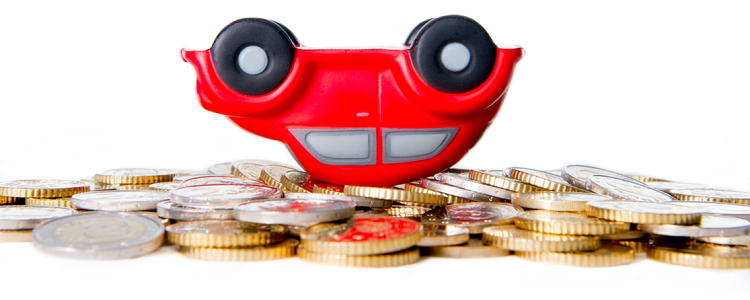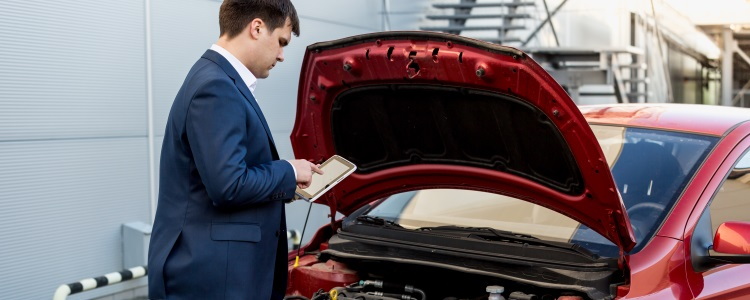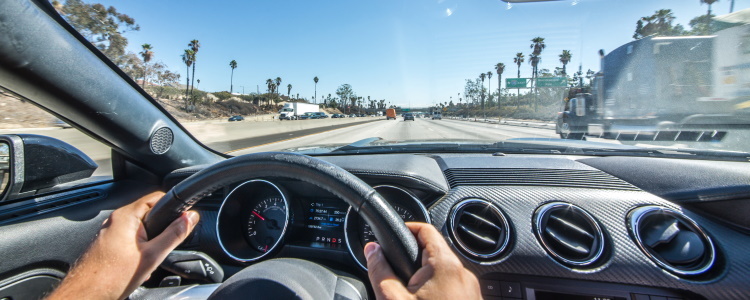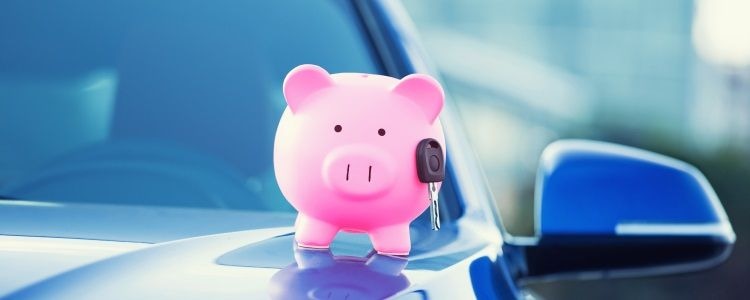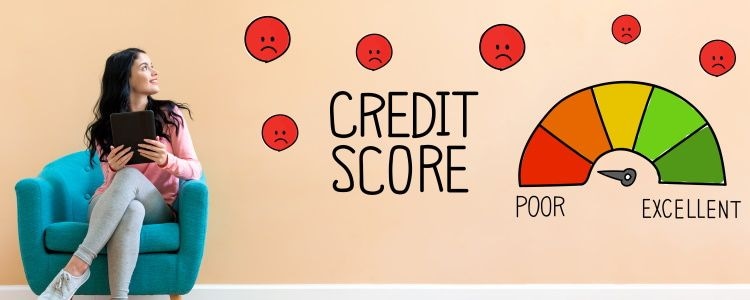Being upside down on a trade in can really complicate matters especially if you are a credit challenged consumer
What we do
The last 20 years at Auto Credit Express has seen us working with individuals with bad credit and helping these consumers reestablish their auto credit by filling out our online bad credit car loan application and financing a vehicle with a second chance car loan. During this time, we've tried to provide our applicants with the information they need in order to understand this type of loan as well as the loan process, since a poor decision can trap them in a loan they can't afford which could result in a repossession that could further lower their credit scores.
Unlike tote the note dealers, the bad credit car loans our dealers use originate with lenders that report your payment history to the credit bureaus, which can result in either raising or lowering a credit score. This means, that if you make all your payments on time, you can raise your FICO score and reestablish your car credit at the same time.
As with anything else, the key to a successful second chance car loan is focusing on the basics. In this case, this means being aware of lender requirements for an equity down payment on the loan including equity in your trade in vehicle.
Book value
Trade equity is a term that is used to describe the difference between what your car is worth and how much you owe on it. Car dealers determine the value of your current vehicle by using a number of different sources. NADA and Kelley Blue Book values, Black Book values and auction reports all give dealers a picture of what your car might be worth to them. In addition to this information, the dealer will also physically inspect the car as well as take it for a test drive. After taking all these things into consideration, the dealer will determine a trade in value for your car.
Many customers are surprised that their car isn't worth as much as they thought it might be. NADA and Kelley Blue Book values that most consumers have access to should be thought of as only a guide. Auction values, available online only to dealers, are more up-to-date. They are also more geographically accurate, since book values cover an entire region while auctions are local. In addition, the dealer may have to replace tires and pay for reconditioning and detailing your trade in. Those costs will also lower your car's value.
Trade equity
Once the value of your trade has been determined, you need to know if you have equity in the vehicle. If your car is paid off and you own it free and clear, the entire value of the trade would be your equity. If you still owe money on your car and the trade value is more than what you owe, than the difference would be your equity. If you owe money on your car and the trade value is less than what you owe, then the difference is known as negative equity. Other terms for negative equity situations are the terms “upside down” or “in the ditch”.
Trading in
If you have trade equity or you have enough money to cover your negative equity (plus a down payment if you need a bad credit car loan), then it makes sense to trade in your car. If, however, you trade in a car with negative equity on a new loan without covering the equity difference, you will end up paying finance charges on not one, but two cars. When you are dealing with a bad credit car loan with the associated high interest rates, this can be expensive in terms of the amount of interest you end up paying – not to mention the fact that it makes qualifying for this type of loan that much more difficult.
When to do a negative equity trade in
You should contemplate a negative equity trade only if it will save you money. That being said, there are two scenarios where a negative equity trade will save you money. The first instance involves a vehicle that is out of warranty and necessary repairs will cost you more than you spend on the difference in interest expenses on the new loan. The second example would be a savings in actual operating expenses. If you are trading in a vehicle that gets 10 miles per gallon on a vehicle that gets 25 miles per gallon, the difference in interest expense may be offset by the savings in fuel costs.
If neither of these situations exists, then you are essentially paying for two cars at the same time. Again, with the high interest rates associated with bad credit car loans, this is not a good financial decision.
As we see it
Trading in your current car if it is paid off or you have equity in it will help reduce the amount of interest that you will pay on your new loan. If you are “upside down” in your current vehicle, trading in your car only makes sense if you are avoiding costly repairs down the road or if you can offset the increased interest expenses with savings in fuel and/or insurance.
Auto Credit Express can help you
If you have seen your credit report and think that you will need a bad credit car loan, visit our web site at www.autocreditexpress.com. Here you will find a wealth of information on the subprime car loan process.
We have helped thousands of people with bad, blemished, bruised, and tarnished credit buy cars and reestablish their auto credit at the same time. Our nationwide network of affiliate dealers specializes in bad credit car loans. So if you are serious about getting your credit back on track, you can begin the process right now by filling out our secure online bad credit car loan application.
For more information, feel free to visit www.autocreditexpress.com to see what we can do for you.



